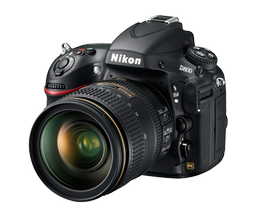About Your Camera – What do those letters mean?
 As discussed in the previous post on photography “exposure,” you will remember that there’s no substitute for an accurate exposure in the camera from the instant of capture.
As discussed in the previous post on photography “exposure,” you will remember that there’s no substitute for an accurate exposure in the camera from the instant of capture.
Now that you know the rough edges of what a shutter speed and f.stop are, we can delve into some other things modern cameras do to make your life more complicated.
But before we do, a little history lesson on why “manual” exposure is rarely used, and why you should trust the brain inside your camera more than your own brain.
HISTORY
In the early annals of photography, a “real photographer” arrived at an accurate assessment of exposure using their knowledge, and as more technology advanced, by using handheld meters, and then meters moved inside cameras. That happened in my lifetime. It’s not ancient history (to me).
Early internal meters were a rough affair, prone to inaccuracy and battery failure. Metering was simply … rough, and it was up to the photographer to have enough sense to override the meter, or meter in several areas and dial in a manual exposure based on multiple metering spots.
If you look back at photo magazines during this era, you will find lengthy articles on meters and metering. If you remember film and processing, it was expensive – one of the expenses that kept amateurs out of the professional photography business. Make a mistake metering, and you just burned a dollar (back when a dollar was worth a dollar).
Meters took a great leap forward when lenses began to automatically communicate with the camera body and the camera could calculate for the lens f.stop without the camera operator having to stop down the lens during metering.
The other advances in metering came relatively rapidly as computer chips were packed into film cameras with proprietary methods of determining exposure with incredible accuracy.
Then you could shoot with priorities – on f.stop, shutter speed, or a program that chose an average of both. Not content to keep things simple, manufacturers decided it would be snazzy to create subprograms that would do the calculations based on the type of photography you were doing – Portrait, Landscape, Action, Macro and a few others were born.
Amazingly, there were very few professional photographers who trusted cameras to do these things accurately, thinking they were smarter than the brain inside their (now several thousand dollar) cameras. I had to convince more than a few professionals that the camera was really smarter than they were, and to trust it to get to the right exposure. This was during the film days, so at a dollar a shot, they had reason to be reluctant.
While I did emphasize being able to control your camera, I also emphasized being able to let it do what it does best as well. Many of the students and professionals I taught along the way enjoyed more success once they were able to let go of the technical and concentrate on their artistic expressions using a camera.
Once the transition to digital photography was underway, we were immediately able to see whether or not we had a good exposure. However, you really can’t see (very well, to this day) how much depth of field an image has, just how blown those highlights really were, or how accurate your camera screen really was. That’s why it still pays to know the basic exposure modes, and if you really want to lock in – the subprograms.
NEXT TIME – Subprograms in general detail …

You must be logged in to post a comment.